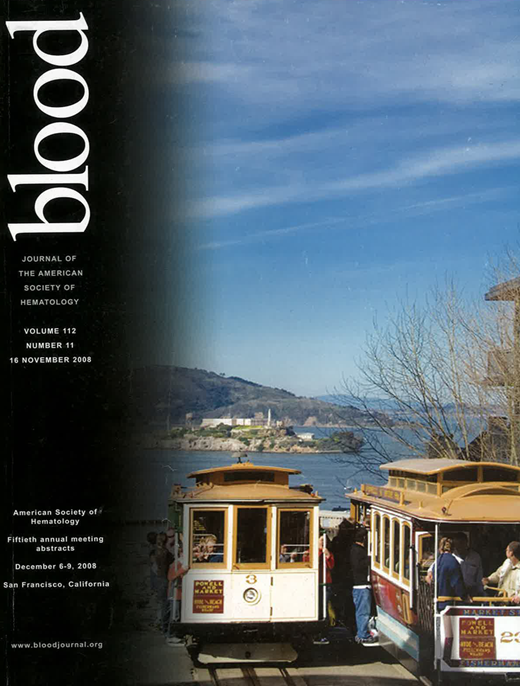Abstract
We previously demonstrated that protein expression signatures (ProExpSig), based on the activation state of cell cycle, apoptosis and signal transduction (STP) regulating proteins, existed and were prognostic in AML. With the goal of providing comprehensive proteomic based classification of AML we have now generated a RPPA using protein derived from the leukemia enriched fraction of 752 primary AML samples. Included are 695 samples from 511 newly diagnosed AML and 28 APL patients (403 Marrow (BM), 293 blood (PB) samples, 140 with concurrent PB and BM specimens), and 47 relapse (REL) samples from these same cases. Also present as controls are 10 cell lines, 11 normal PB, 11 CD34+ BM samples and 10 G-CSF primed CD34+ PB collections. Samples are printed as 5 serial 1:2 dilutions in duplicate using an Aushon 2470 Arrayer. Each array has a total of 6912 dots printed. Slides were probed with 150 antibodies (ABs) against predominantly apoptosis, cell cycle and STP regulating proteins including 105 vs. total protein, 40 vs. phos-specific sites and 5 vs. cleavage sites. Spot intensities were quantified using MicroVigene software. Data was analysed using R, with loading control and topographical background normalization being utilized. The sample set was randomly divided into a test (n=256) and validation (n=255) set. Correlation between this array and our prior array, which shared 189 samples and 49 AB, was outstanding with 43/49 AB showing Pearson and Spearman correlations with P <0.0001, demonstrating reproducibility. Expression in PB and BM were similar for all but 18 proteins. Samples prepared from cryopreserved specimens had similar expression compared to those prepared from fresh cells. Expression of 53 proteins distinguished FAB subtypes. Different ProExpSig were observed for recurrent cytogenetic abnormalities as well, with unfavorable cytogenetics -5, -7 and -5,-7 having similar signatures, suggesting that common downstream effects can arise from different chromosomal abnormalities. ProExpSig for complete remission (CR) vs. resistance (RES) were defined with 17 proteins showing significantly higher expression among CR cases and 20 being higher among RES cases. Likewise ProExpSig that predicted for REL vs. continuous CR (CCR) were defined with 6 proteins showing significantly higher expression among CCR cases and 5 being higher among REL cases. ProExpSig for event free survival, based on 20 proteins, 12 significantly higher levels and 8 significantly lower in survivors, predicted outcome. Principle component analysis was performed and defined 12 constellations of proteins with correlated expression. The combined pattern from each constellation was utilized to divide patients into 8 ProExpSig. Some showed correlation with cytogenetics but provided independent prognostic information within cytogenetic groupings (favorable, intermediate, and unfavorable). After finalization of the test set analysis the generated hypotheses will be tested against the validation set. In summary we confirm the that ProExpSig exist in AML and are prognostic. Since these ProExpSig are based on different patterns of expression and activation of proteins that are being targeted by developmental agents this information may be utilized to direct patients toward optimal selection of targeted therapy and thereby contribute to personalized medicine.
Disclosures: No relevant conflicts of interest to declare.
Author notes
Corresponding author

